1999 Mazda MX-5 Miata: A Detailed Review

Did you know that the 1999 Mazda MX-5 Miata was part of a generation that saw over 290,000 units sold worldwide? This impressive statistic underscores the enduring popularity of Mazda’s iconic roadster. In this comprehensive review, we’ll explore why the 1999 model year was a pivotal moment for the Miata, and how it continues to captivate driving enthusiasts decades later.
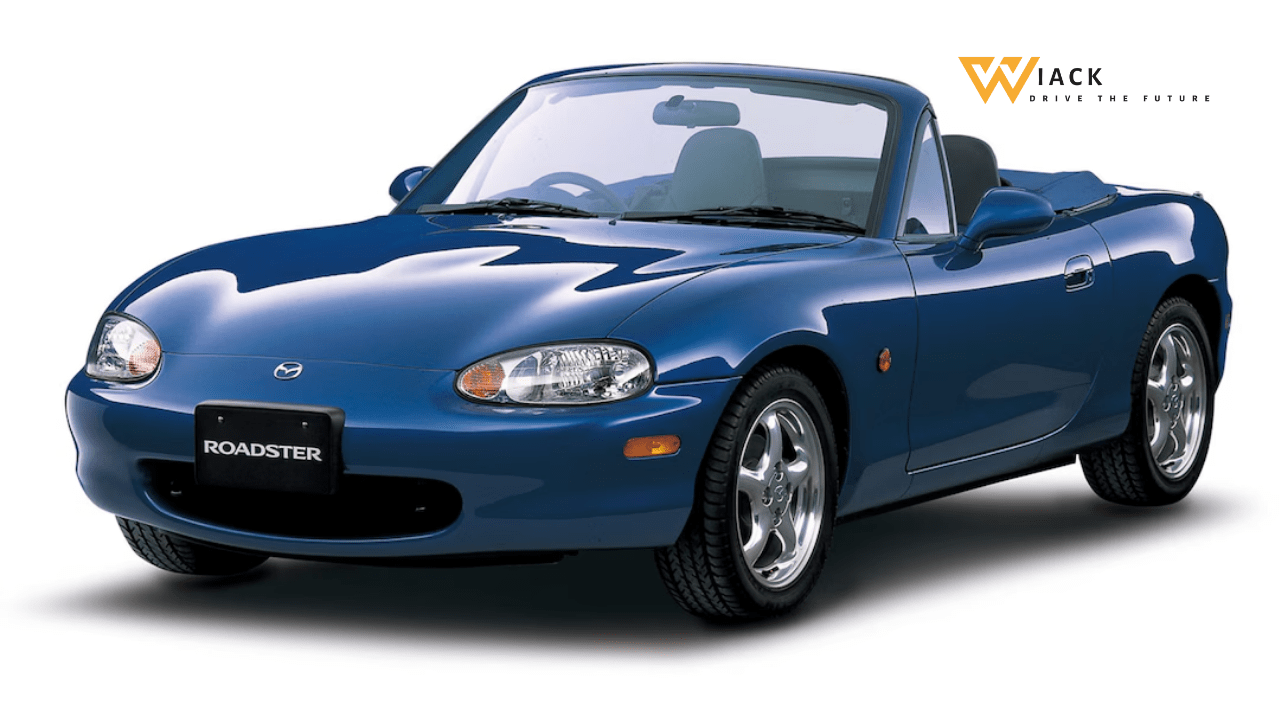
Introduction
The Legacy of the Miata
The Mazda Miata 1999 model year marked a significant milestone in the car’s history. As the second generation of the beloved roadster, it had big shoes to fill. The original Miata, introduced in 1989, had already established itself as a modern classic, reviving the spirit of lightweight British sports cars but with Japanese reliability. The 1999 model needed to maintain this essence while pushing the envelope in terms of design, performance, and features.
The Need for Reinvention
By 1999, the automotive landscape had changed significantly since the Miata’s introduction. Competitors like the BMW Z3 and Mercedes-Benz SLK had entered the market, raising the bar for small convertibles. Mazda needed to evolve the Miata to stay relevant without losing the core attributes that made it so beloved. This balancing act between tradition and innovation is what makes the 1999 MX-5 features so interesting to examine.
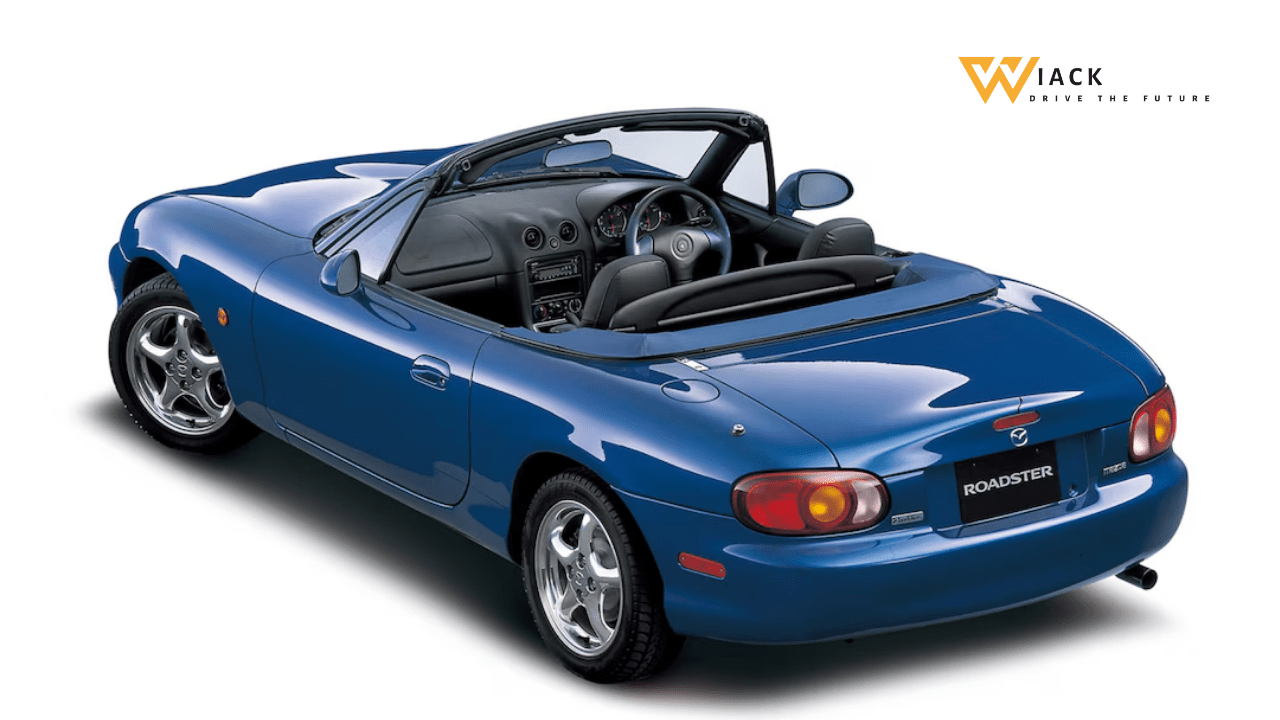
Design and Styling
Exterior Design: A New Look, Same Spirit
The 1999 MX-5 design represented a significant departure from its predecessor while maintaining the car’s essential character. Key exterior features included:
- Sleeker, more aerodynamic body shape
- Fixed headlights replacing the pop-up units
- Wider stance for improved stability
- Slightly increased length and width for better interior space
These changes gave the Mazda convertible 1999 a more modern appearance without sacrificing its compact, nimble nature. The design team, led by Tom Matano, managed to create a look that was fresh yet unmistakably Miata.
Interior Design: Refined Comfort and Utility
Inside, the Mazda MX-5 interior 1999 saw notable improvements:
- Increased headroom and legroom
- More supportive seats
- Improved ergonomics for controls and instruments
- Higher quality materials throughout the cabin
While still snug, the interior felt more premium and comfortable for daily use. The 1999 Miata retained its driver-focused cockpit layout, ensuring that the connection between car and driver remained a top priority.
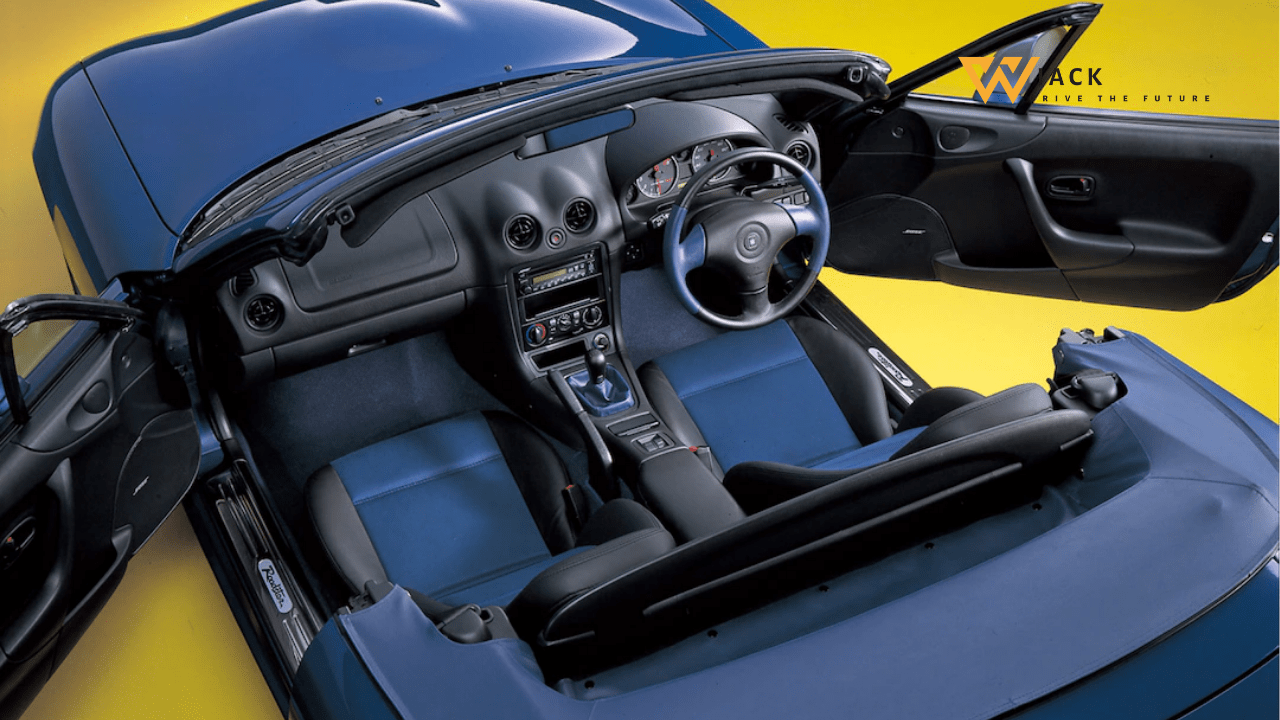
Performance and Handling
Engine and Transmission: Power and Responsiveness
The heart of any sports car is its engine, and the 1999 MX-5 didn’t disappoint. The Mazda Miata engine options 1999 included:
- 1.8-liter inline-4 engine
- 140 horsepower at 6,500 rpm
- 119 lb-ft of torque at 5,500 rpm
This engine was paired with a slick-shifting 5-speed manual transmission as standard, with an optional 4-speed automatic available. The manual gearbox, in particular, was praised for its short throws and precise action, enhancing the car’s sporty feel.
Suspension and Chassis: Enhanced Handling and Stability
The 1999 Miata performance was about more than just straight-line speed. Mazda engineers focused on improving the car’s already excellent handling:
- Revised double-wishbone suspension at all four corners
- Increased chassis rigidity
- Optional Bilstein shock absorbers for even sharper responses
These enhancements resulted in a car that was even more agile and responsive than its predecessor, cementing the Miata’s reputation for exceptional Mazda MX-5 handling.
Braking System: Improved Stopping Power
To match its enhanced performance, the 1999 MX-5 received upgraded brakes:
- Larger front disc brakes
- Optional anti-lock braking system (ABS)
These improvements ensured that the Miata could stop as confidently as it accelerated and cornered.
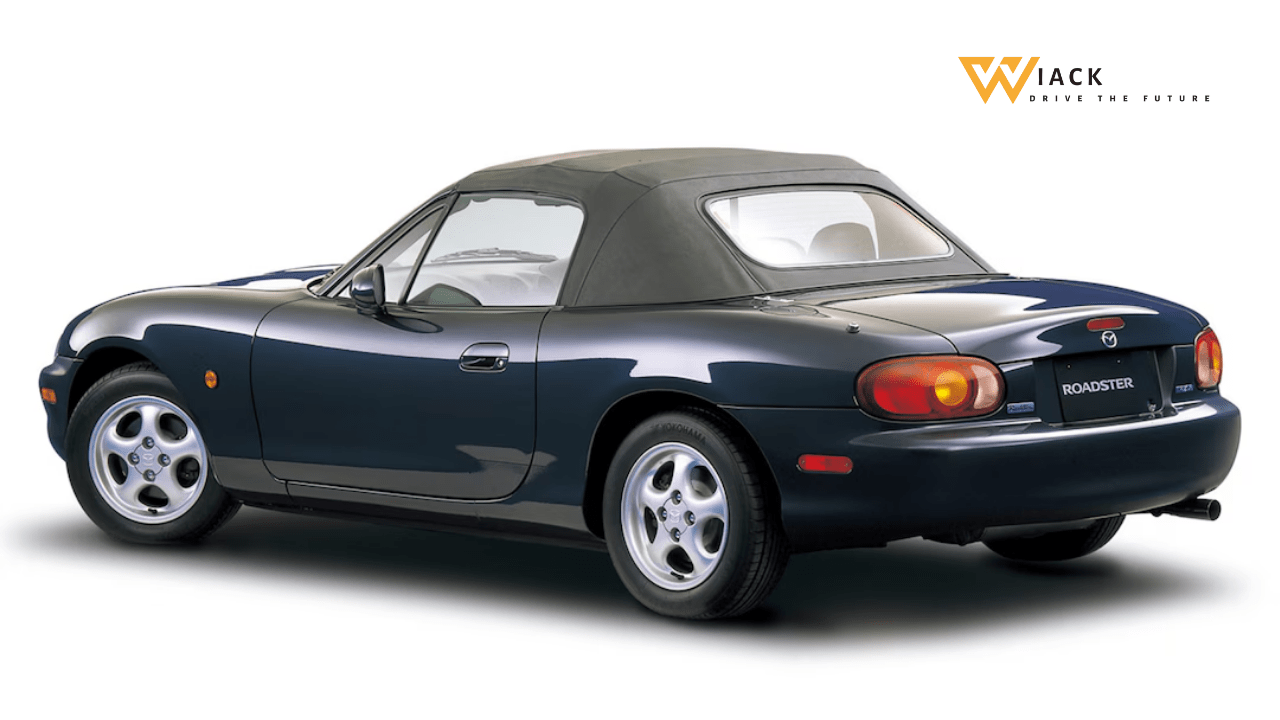
Driving Experience
On the Road: A Delightful and Engaging Drive
The true test of any sports car is how it feels on the road, and this is where the 1999 Miata truly shines. 1999 Miata owners consistently praise the car for its:
- Precise steering with excellent feedback
- Balanced chassis that inspires confidence in corners
- Smooth power delivery that encourages high-rev driving
The Miata’s relatively modest power output means that drivers can explore the car’s full performance envelope without reaching illegal speeds, making it an engaging drive even on public roads.
Top Down Thrills: The Joy of Open-Air Driving
One of the Miata’s defining features is its convertible top, and the 1999 model improved on this aspect:
- Easier to operate manual soft top
- Improved sealing for less wind noise when up
- Optional wind blocker for more comfortable top-down driving
These features enhanced the open-air driving experience that is so central to the Miata’s appeal.
Features and Technology
Standard Features: Essential Equipment
The 1999 MX-5 features list included a good balance of essential equipment:
- AM/FM stereo with CD player
- Power windows and mirrors
- Leather-wrapped steering wheel
- Alloy wheels
While not lavishly equipped by modern standards, the Miata provided all the necessary amenities for an enjoyable driving experience.
Optional Features: Enhancing the Experience
For those looking to add more luxury or performance, Mazda offered several optional packages:
- Leather seats
- Bose audio system
- Sport suspension with Bilstein shocks
- Limited-slip differential
These options allowed buyers to tailor their Miata to their specific preferences, whether for comfort or enhanced performance.
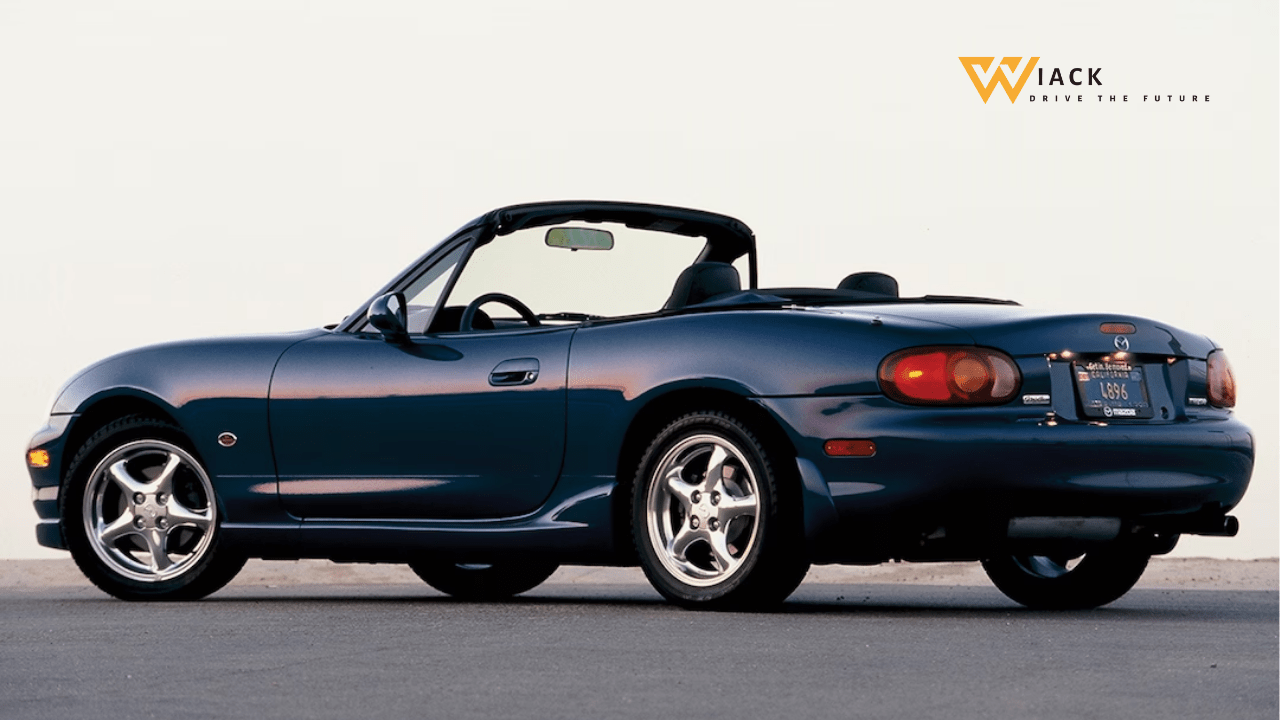
Safety and Reliability
Safety Features: Protecting the Driver and Passengers
While small convertibles are inherently challenging from a safety perspective, the 1999 Miata safety features included:
- Dual front airbags
- Side-impact door beams
- Optional anti-lock brakes
- Three-point seatbelts with pretensioners
These features helped make the Miata as safe as possible within the constraints of its design.
Reliability Record: A Proven Track Record
One of the Miata’s strongest selling points has always been its reliability, and the 1999 model continued this tradition. 1999 Mazda Miata reliability is generally excellent, with many examples still on the road today with high mileage. Common issues are typically minor and well-documented, making 1999 Miata maintenance relatively straightforward for enthusiast owners.
Comparison to Competitors
BMW Z3: A German Rival
The BMW Z3 was perhaps the Miata’s most direct competitor in 1999. While the Z3 offered more power and a more premium badge, the Miata countered with:
- Lower price point
- More engaging handling
- Better reliability record
Mercedes-Benz SLK: A Luxury Option
The Mercedes SLK brought a folding hardtop and luxury features to the small roadster segment. Compared to the SLK, the Miata offered:
- A more pure, lightweight sports car experience
- Lower purchase and maintenance costs
- Manual transmission option (the SLK was automatic-only in the US market)
Porsche Boxster: A Performance Benchmark
The Porsche Boxster set a high bar for performance in the roadster category. While the Miata couldn’t match the Boxster’s power, it competed with:
- A significantly lower price point
- Easier maintenance and lower running costs
- A more accessible performance envelope for everyday driving
In these 1999 Miata vs competitors comparisons, the Mazda often came out as the value leader, offering a pure sports car experience at a fraction of the cost of its German rivals.
Conclusion
The Enduring Appeal of the Miata
The 1999 Mazda MX-5 Miata represents a sweet spot in the model’s history. It successfully updated the original concept with improved performance, comfort, and features, while retaining the essence of what made the Miata special. This balance is why many consider the second-generation (NB) Miata to be one of the best iterations of the car.
A Legacy of Driving Pleasure
Today, the 1999 Miata remains a popular choice among enthusiasts and collectors. Its combination of reliability, fun factor, and affordability makes it an excellent option for those seeking a used 1999 Mazda Miata. The robust aftermarket support, active MX-5 Miata clubs, and engaged community on MX-5 forums ensure that these cars can be enjoyed for years to come.
For those considering a 1999 Miata, whether as a weekend toy, a track day car, or even a daily driver, it’s hard to go wrong. The car’s enduring popularity means that Mazda service centers and independent shops are well-versed in maintaining these vehicles, and Miata restoration parts are readily available.
In conclusion, the 1999 Mazda MX-5 Miata stands as a testament to Mazda’s commitment to the joy of driving. It’s a car that proves that horsepower isn’t everything, and that a well-balanced, lightweight sports car can provide more smiles per mile than many more powerful and expensive alternatives. Whether you’re a long-time Miata enthusiast or someone just discovering the allure of these charming roadsters, the 1999 model year offers a compelling blend of classic sports car virtues and modern usability.
Get the latest car news, reviews, and prices at Wiack.com. Your one-stop destination for all things automotive.


